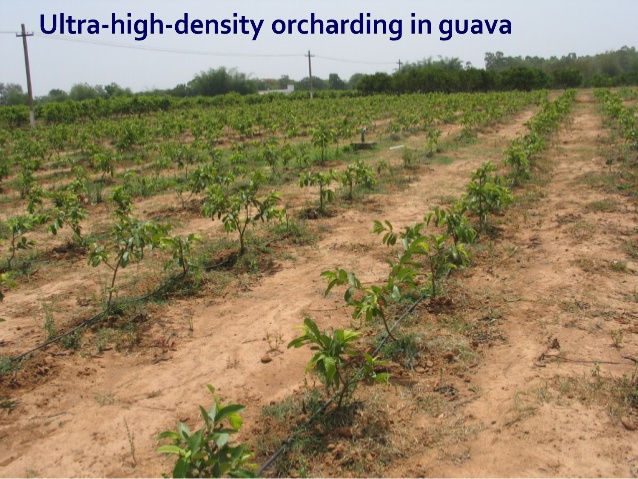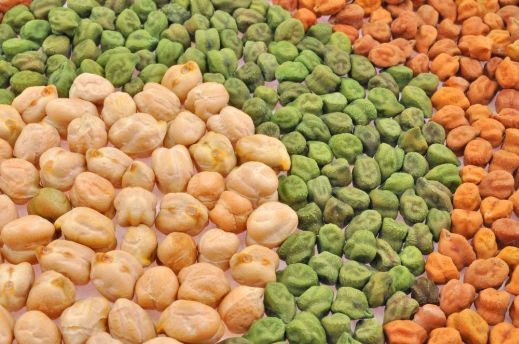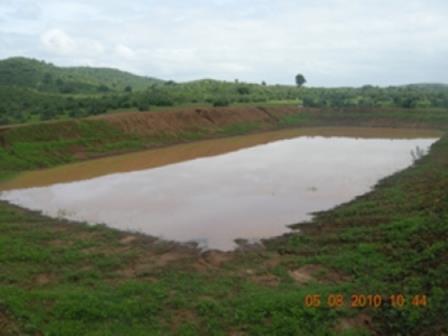Based on the land, climate, and availability of irrigation facility of the state, this scheme is operated in the state. In this scheme, High density and ultra High density orchard with Drip irrigation of Mango, Guava, Orange, Sweet Orange, Custard Apple, Ber, Sapota and Grapes, Tissue culture produced Pomegranate, Strawberry and Banana, Hybrid seed produced Drumstick and Papaya, seed produced Lemon 40% of the unit cost to the farmers on fruit planting along with drip is payable in the ratio of 60:20:20 in three years. Under the scheme, each farmer is given subsidy on fruit plantation till 0.25 to 4.00 hectare.
For more information contact to Senior Horticulture Development Officer at Horticulture Deptt.
Source:- http://www.mphorticulture.gov.in/schemes.php
Like and share with other farmers by clicking on button below.
Share









